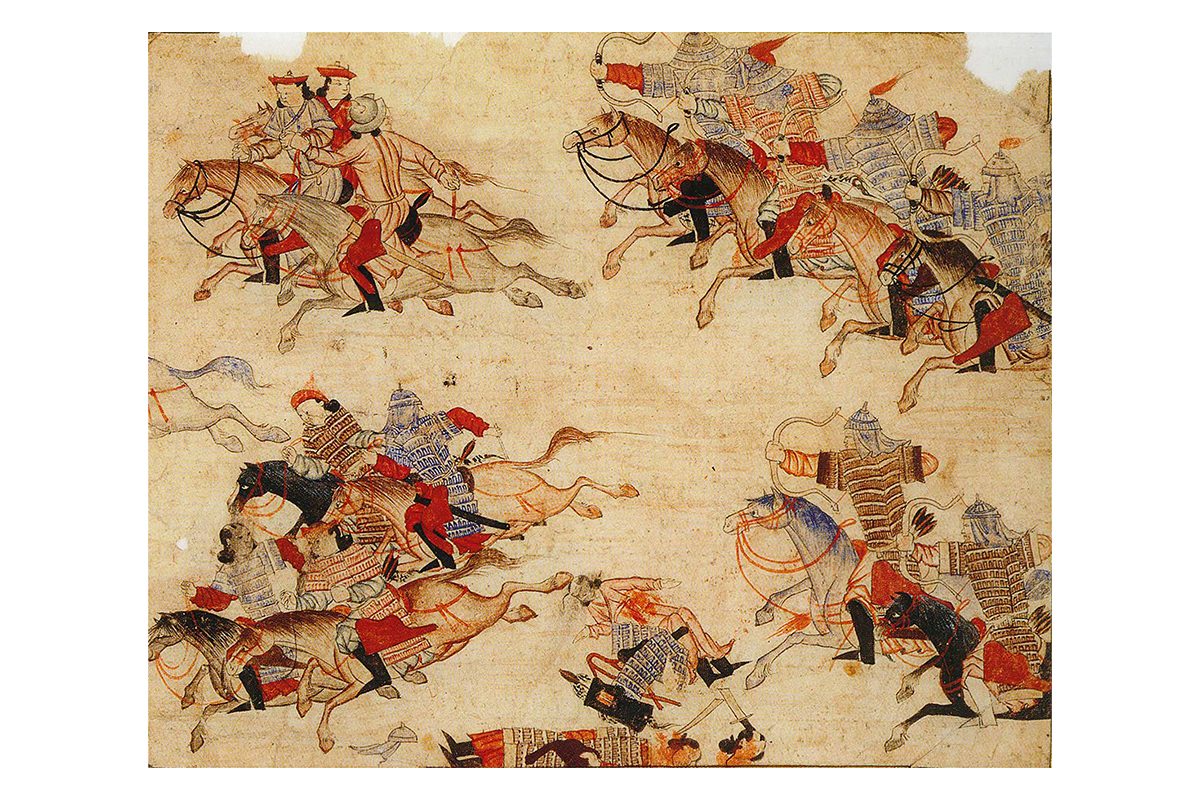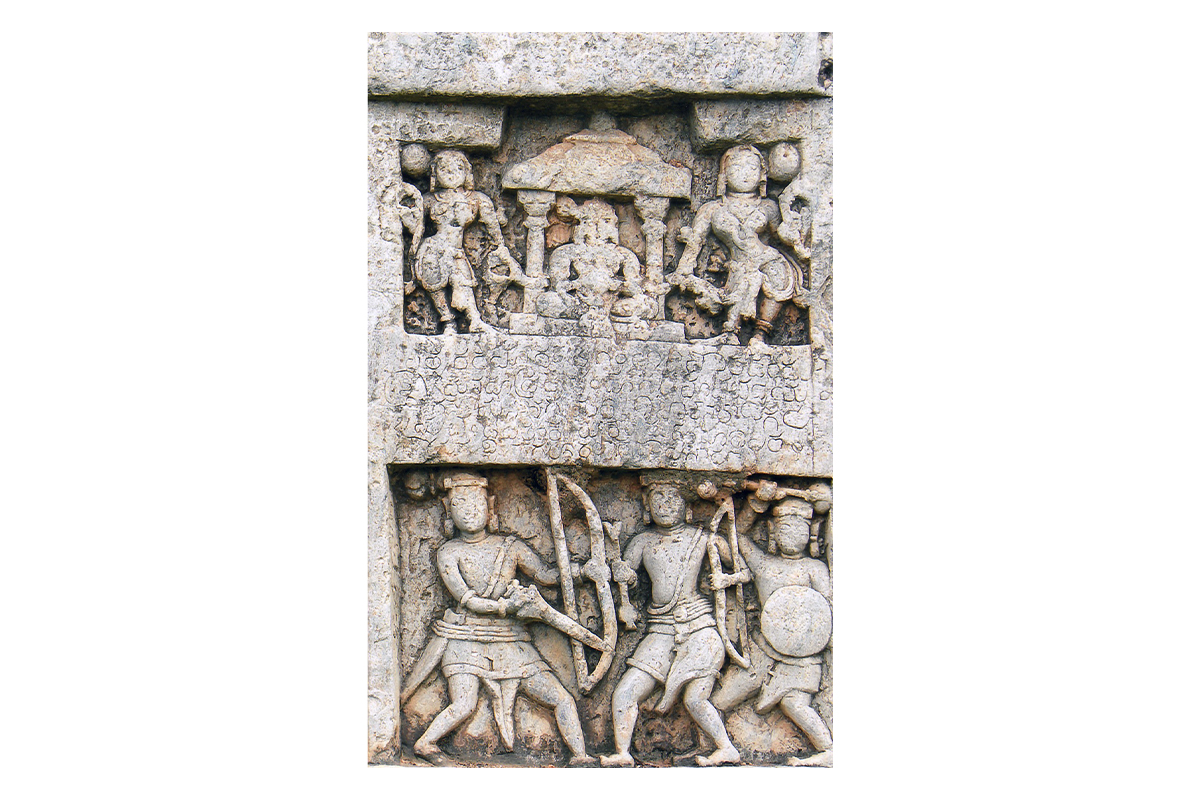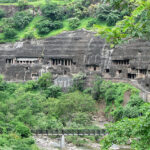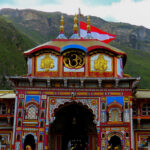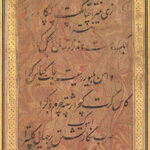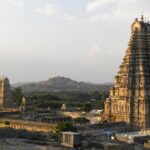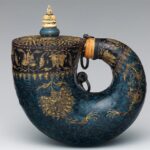The Use of Vernacular Languages; Global Trade and Population Movements Grow
1200–1300
As the Pandyas, Kakatiyas, Hoysalas and Seuna Yadavas settle into power across the Deccan, they encourage the use of courtly registers of local languages such as Telugu, Kannada and Marathi, usually alongside Sanskrit. The period sees important political, military and economic developments: the Kakatiyas expand to the Andhra coastal region, introducing various groups of peasant warriors into the political field and rewarding them with land grants and authority. This becomes the precursor for the Nayaka system of the Vijayanagara empire and also marks the rise of the significance of local chieftains, particularly from the Andhra region, in the politics of the Deccan. The Deccan and southern Indian regions also see the growth of trade in horses with West Asia, particularly the Ilkhanid empire, with cavalry warfare becoming key to militaries and states.
Bibliography
Eaton, Richard M. A Social History of the Deccan, 1300–1761 Eight Indian Lives. New York: Cambridge University Press, 2005.
Narayana Rao, Velcheru. “Multiple Literary Cultures in Telugu: Court, Temple, and Public.” In Literary Cultures in History: Reconstructions from South Asia, edited by Sheldon Pollock, 383–436. University of California Press: 2003.
Feedback 
This entry appears in
Art in South Asia
Visit Timeline
Associated Timeline Events
First Published: March 11, 2024
Last Updated: July 2, 2024



